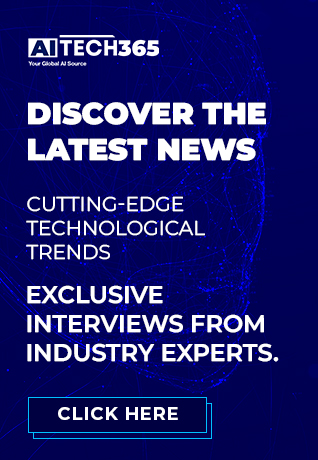NVIDIA announced the availability of its open-source Newton Physics Engine in NVIDIA Isaac Lab, along with the open NVIDIA Isaac GR00T N1.6 reasoning vision-language-action model and new AI infrastructure. These technologies provide developers and researchers with an accelerated, open robotics platform that standardizes testing, unifies training with on-robot inference, and enables safe transfer of robot skills from simulation to the real world.
“Humanoids are the next frontier of physical AI, requiring the ability to reason, adapt and act safely in an unpredictable world,” said Rev Lebaredian, vice president of Omniverse and simulation technology at NVIDIA. “With these latest updates, developers now have the three computers to bring robots from research into everyday life with Isaac GR00T serving as robot’s brains, Newton simulating their body and NVIDIA Omniverse as their training ground.”
The Newton Physics Engine, codeveloped with Google DeepMind and Disney Research and now managed by the Linux Foundation, provides GPU-accelerated simulation of complex robot actions such as walking on snow or handling fragile objects. Its flexible design allows researchers and developers to deploy simulated skills reliably in the real world. Leading adopters include ETH Zurich Robotic Systems Lab, Technical University of Munich, Peking University, robotics company Lightwheel, and simulation engine company Style3D.
Also Read: Google DeepMind Unveils Gemini Robotics 1.5: Advancing AI Agents into the Physical World
The Isaac GR00T N1.6 robot foundation model integrates NVIDIA Cosmos Reason, an open, customizable reasoning vision-language model built for physical AI. Cosmos Reason transforms ambiguous instructions into actionable steps, leveraging prior knowledge, common sense, and physics. The model supports simultaneous movement and object manipulation, enabling humanoid robots to perform complex tasks. Developers can further enhance GR00T N models using the NVIDIA Physical AI Dataset, which contains thousands of real-world and synthetic trajectories.
NVIDIA also updated its Cosmos World Foundation Models (WFMs), allowing developers to generate diverse data for training physical AI models at scale. Cosmos Predict 2.5 enables longer video generation and multi-view camera outputs, while Cosmos Transfer 2.5 produces high-quality synthetic data efficiently.
Additionally, the new dexterous grasping workflow in Isaac Lab 2.3, built on NVIDIA Omniverse, trains multi-fingered robots in virtual environments. The automated curriculum adjusts task complexity, gravity, friction, and object weight, preparing robots for unpredictable real-world conditions.
Global researchers and leading robotics companies, including Stanford University, ETH Zurich, National University of Singapore, Agility Robotics, Boston Dynamics, Disney Research, Figure AI, Franka Robotics, Hexagon, Skild AI, Solomon, and Techman Robot, are leveraging NVIDIA’s technologies to advance the next generation of robotics.





